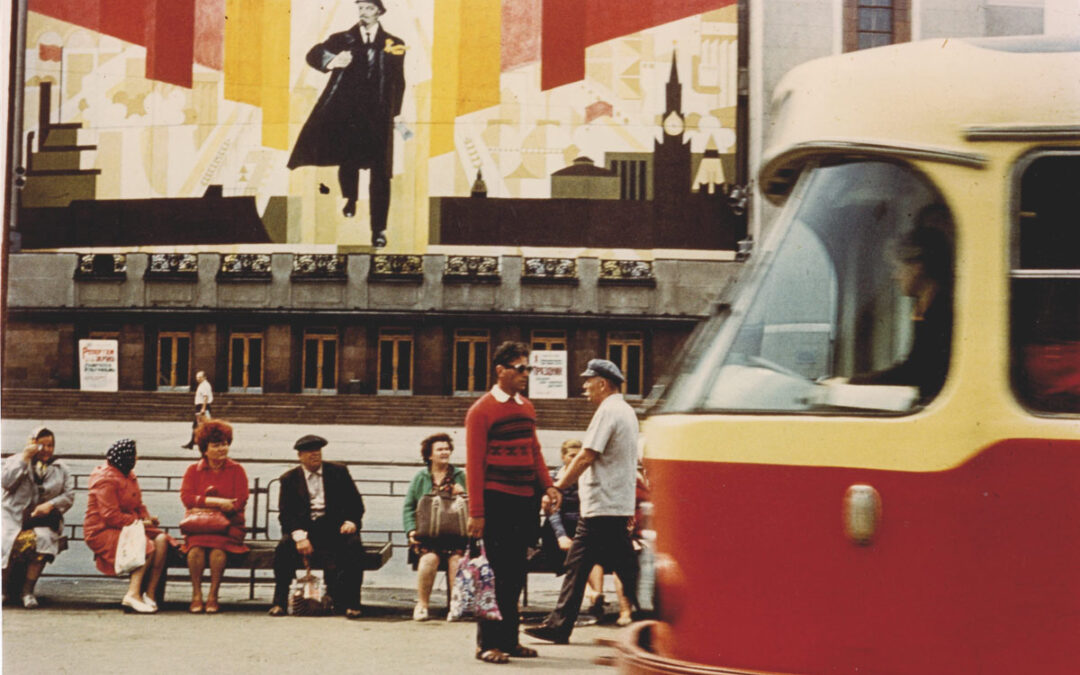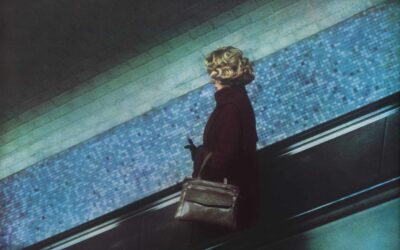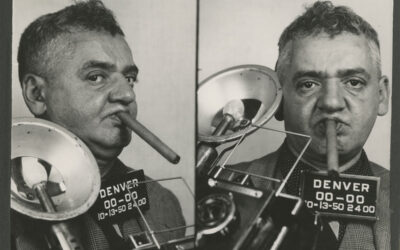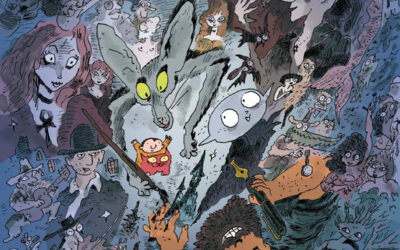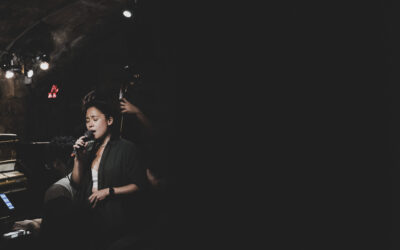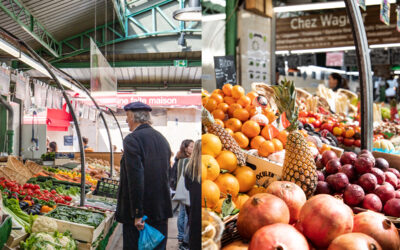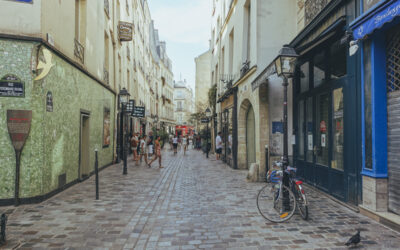From the “Red” series, 1968-75, Chromogenic print, 30,5 x 45,5 cm, © Boris Mikhaïlov, VG Bild-Kunst, Bonn. Tate: Acquired with the help of the Art Fund (with contribution from the Wolfson Foundation) and Konstantin Grigorishin 2011
Kharkiv, Sloviansk, Donbass... Taken for more than fifty years in Ukraine, the photographs of Boris Mikhaïlov (born in 1937) resonate with current events. It is precisely in the cities and regions where Vladimir Putin is today sowing death that the photographer has been shooting his lenses for fifty years. The images in this Ukrainian chronicle are all the more poignant.
At the crossroads of documentary, street photography, conceptual art and artistic performance, Mikhaïlov tried his hand at all genres to, ultimately, compose an abundant, rich and radical work, where ugliness meets beauty and where poetry mixes with the sinister, thus recalling the work of Maxim Gorky who, in Les Bas-fonds (1902), denounces the extreme poverty of the Russian working class.
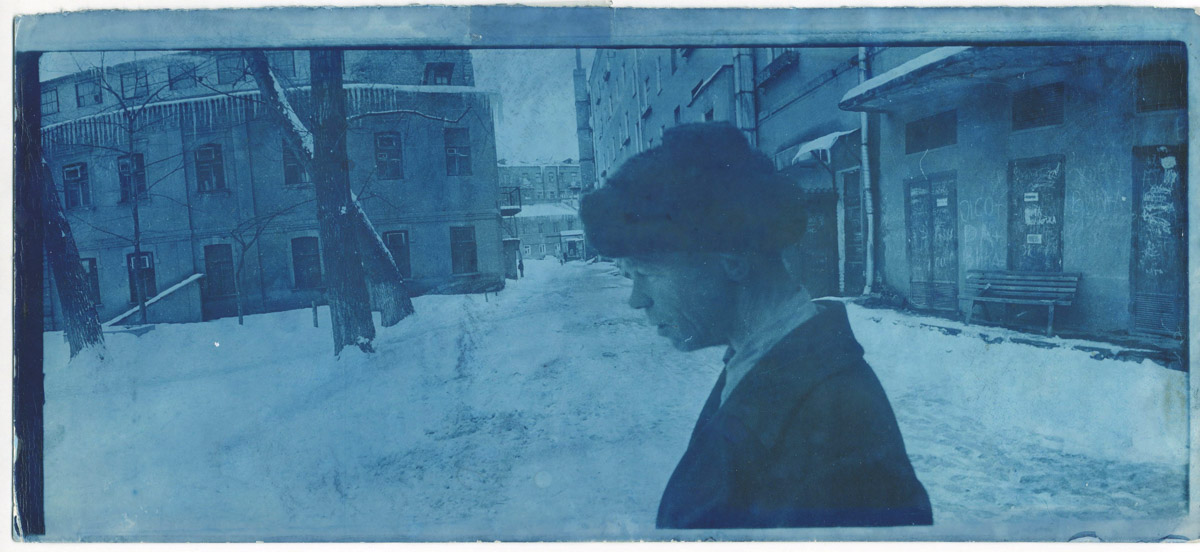
By immortalizing the banality and boredom of daily life in the USSR – including by introducing the concept of “bad” photography where he immortalizes emptiness – Mikhailov restores to us the reality of the totalitarian world where nothing happens. Sometimes, those who are among the most influential photographers of their generation colorize their images and write down their thoughts. And he sometimes puts himself on stage, completely naked, as with a grotesque series inspired by the mime Marceau.
After the fall of the USSR in 1991, the photographer roamed the streets, equipped with his Horizon camera, a Russian-made rotating panoramic equipped with optics capable of scanning the visual field by 120 degrees. He photographs the tragedy of a world that is collapsing, populated by homeless people.
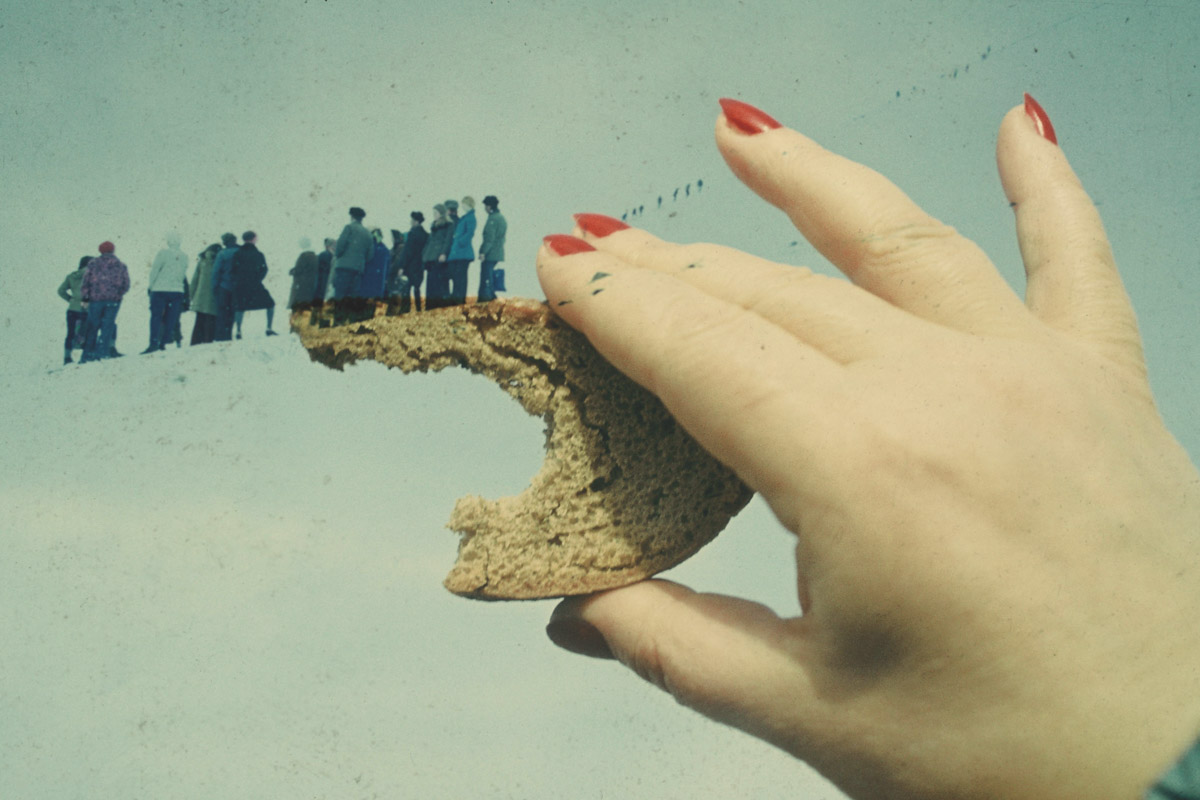
From the series "Yesterday's Sandwich", 1966-68. © Boris Mikhailov, VG Bild-Kunst, Bonn. Courtesy, Galerie Suzanne Tarasiève, Paris.
“Everything fell, collapsed, died: both the environment, human beings. The space was destroyed, people were falling to the ground. I tried to express this photographically, in panoramic, aged, sepia-toned images,” says the photographer.
Over two entire floors, the “Ukrainian Diary” exhibition grips us in the gut as we progress chronologically towards the fall of Sovietism. The exhibition ends with the revolution in Maidan Square in Kiev, which the artist-photographer immortalized in 2013-2014, and goes even beyond, until the eve of the war.
On the first floor of the European House of Photography (MEP) the exhibition The Timeless Story of Moormerland, by photographers Elsa & Johanna who take place in Germany (in 2021) in a timeless setting, is also remarkable.
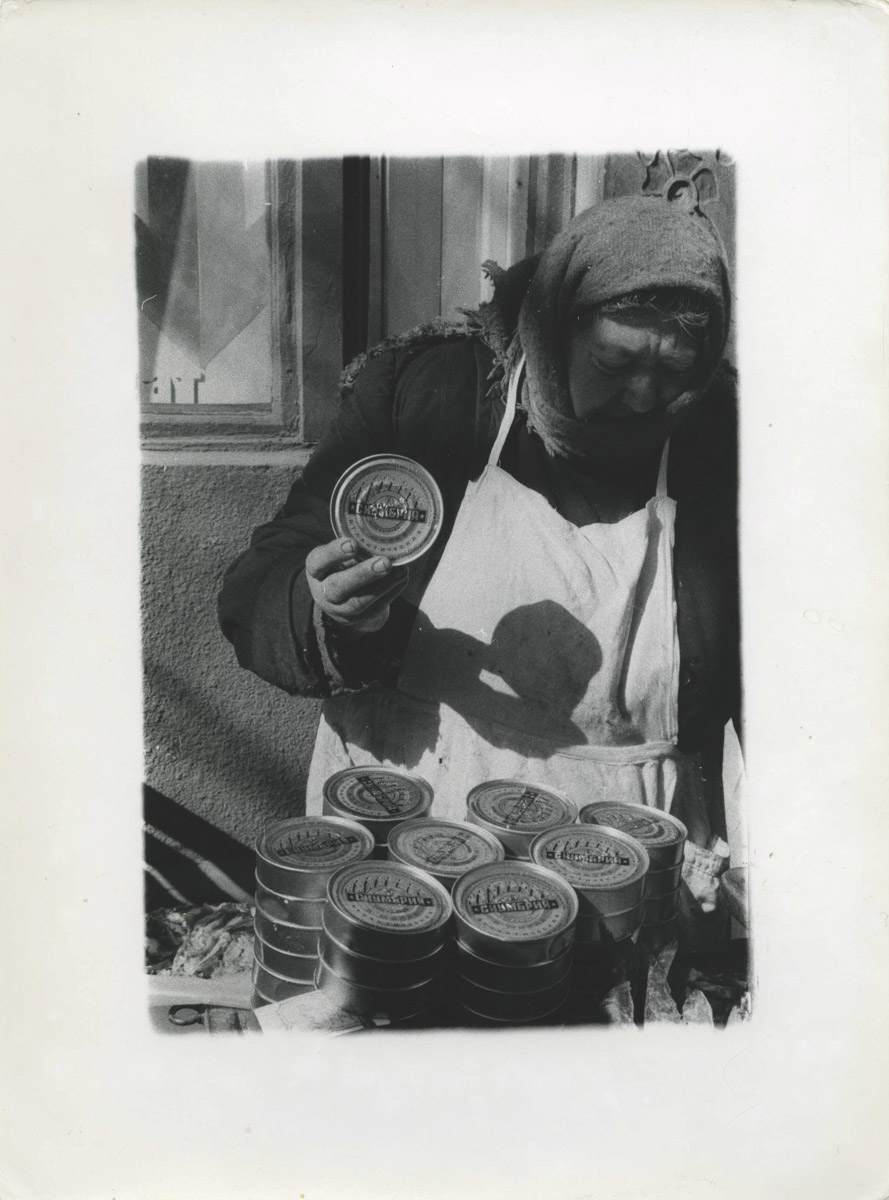
▼ European House of Photography
5/7 Rue de Fourcy, 75004 Paris
Wednesday and Friday from 11 a.m. to 20 p.m.
Thursday 11 a.m. to 22 p.m.
Saturday and Sunday from 10 p.m. to 20 a.m.
Tel: +01 44 78 75 00
Boris Mikailov
Ukrainian newspaper
Until January 15, 2023
Elsa & Johann
The Timeless Story of Moormerland
Until November 6, 2022
Text: Axel G. – Instagram
23.09.22
THERE ARE LOTS OF MUSEUMS HERE
Annie Ernaux, the literature of reality at the MEP
The 2022 Nobel Prize-winning writer has been interested in photography for a long time, notably in the text “the use of photography”, a four-handed story published in 2006. At the European House of Photography, on the banks of the Seine , the exhibition Exteriors - Annie Ernaux & Photography flourishes until May 26, 2024.
The Weegee enigma, extreme photographer
American photojournalist from the 1930s and 50s, famous for his black and white photos of nightlife in New York, Weegee takes this nickname as a nod to the spirit board, the Ouija board. Because he proclaims himself a “psychic photographer” with the 3rd eye.
Joann Sfar featured at MAHJ
Who doesn’t know the comic strip “The Rabbi’s Cat”? Its creator, Joann Sfar, was born in Nice in 1971. In this retrospective at the Museum of Art and History of Judaism in the heart of the Marais, the first of its kind, we will see many original plates presented in images by the famous cat .
NOW ON THE MOOD MARSH
Jazz at 38Riv: The highlights of May
The only jazz club in the Marais, 38Riv is the temple of cool and swing. Rue de Rivoli, between Saint-Paul and Hôtel de Ville, its vaulted cellars are the home base of the new jazz scene. Every evening, the magic happens.
The Enfants Rouges market, everyone loves it
Restaurants. Merchants (fruit and vegetables, cheese, fish, flowers, etc.). And a photo store. All backed by Comme un roman, one of the most beautiful Parisian bookstores, on rue de Bretagne. In short, food for the body and...
The Marais Jewish quarter in Paris
From the 13th century, the Marais was home to a Jewish community which remained there until its expulsion in the 14th century. Fleeing poverty and persecution, Jews from Eastern countries and those from Alsace settled there in the 19th century. Around rue des rosiers and Place Saint-Paul renamed Pletz…

